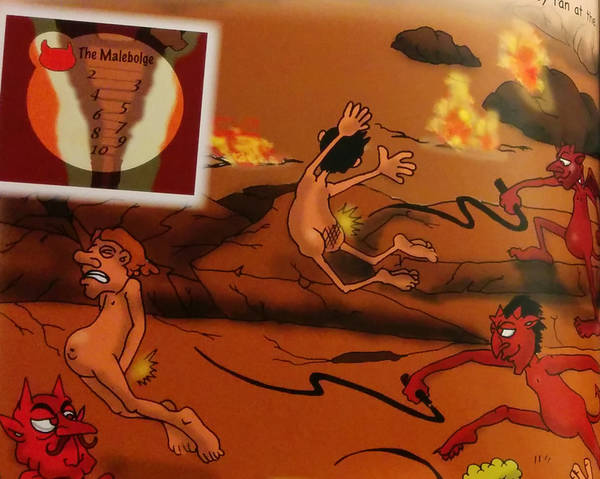The Seven Storey Mountain is Trappist monk Thomas Merton’s 1948 best-selling autobiography. The title refers to Dante’s Purgatory. The book made the National Review’s list of the best 100 non-fiction books of the 20th Century.
Lost River (2014)
 “Lost River has been heavily influenced aesthetically by the work of Nicolas Winding Refn, Gosling’s favoured collaborator and director of Drive and Only God Forgives. It looks like something out of a style magazine with its heavy green and red tints.
“Lost River has been heavily influenced aesthetically by the work of Nicolas Winding Refn, Gosling’s favoured collaborator and director of Drive and Only God Forgives. It looks like something out of a style magazine with its heavy green and red tints.
“But for all the brilliance of the work of its cinematographer Benoit Debie (who shot Irreversible), the fact that the action is set in Detroit, the American city once famous for its cars but now celebrated for its abandoned buildings, seems at odds with Gosling’s criticism of America and its willingness to abandon its past and its people. It occasionally feels as though he is glamorising their misery.
“Recurring burning buildings, and even the occasional burning bicycle, establish Detroit as a place of purgatory and it’s on some lower level of Dante’s Inferno that Gosling has found his characters, the type usually found in the films of Dario Argento, Gaspar Noe and Nic Roeg.” –Kaleem Aftab, “Lost River, Cannes film review: ‘Dazzling enough to delight Ryan Gosling fans’,” The Independent, May 20, 2014
The still featured above recalls the iconic entrance to Le Cabaret de L’Enfer, the hell-themed turn-of-the-century Parisian nightclub featured on Dante Today here.
The Rogue Theatre’s Dante’s Purgatorio (2014)
“Baliani has adapted Purgatorio, the second part of Dante’s Divine Comedy for the stage.” […]
“See this Rogue production, directed by Joseph McGrath, and you’d wonder why it hasn’t been done before (we could not find references to any other stage adaptations). It was completely engrossing.” –Kathy Allen, “Review: The Rogue’s ‘Dante’s Purgatorio‘: Sins and shades shape an engrossing climb,” Arizona Daily Star, May 01, 2014
See also Sherrilyn Forrester’s review in Tucson Weekly, May 01, 2014.
Peter Mountford, The Dismal Science (2014)
“The mountain of Purgatory haunts the cover of Peter Mountford’s arresting second novel, The Dismal Science. The image, which calls to mind the second volume of The Divine Comedy, leads the reader into the book, the stark path curling its way up toward Terrestrial Paradise, symbolized by one lonely but verdant tree.
“Purgatory is the underlying structural metaphor of the novel; across its sweep, Vincenzo D’Orsi, the main character, will ascend the mountain as he tries to make sense of, and finally purge, the wreckage of his life.” –Martha McPhee, “The Dismal Science, by Peter Mountford,” The New York Times, April 11, 2014
Dante for fun, Illustrated Children’s Books
“When we got to the gift-shop, we discovered an improbable set of children’s picture books that retell Dante for young people: it’s called Dante for fun and it comes in three volumes (naturally): Hell, Purgatory, and Paradise.” –Cory Doctorow, Boing Boing, February 18, 2014
Contributed by Gabrielle E. Orsi, Ph.D.
- « Previous Page
- 1
- …
- 15
- 16
- 17
- 18
- 19
- 20
- Next Page »




